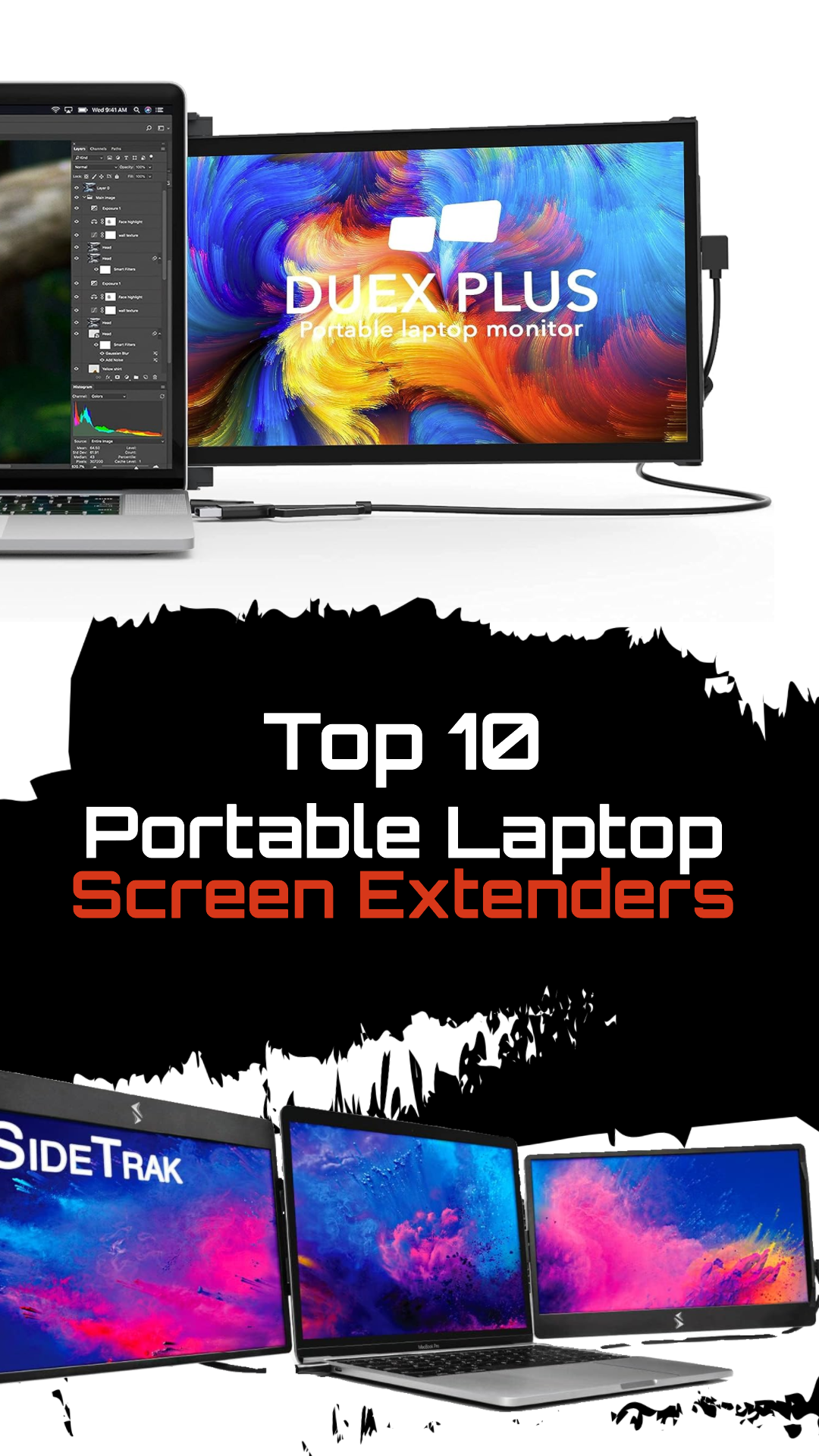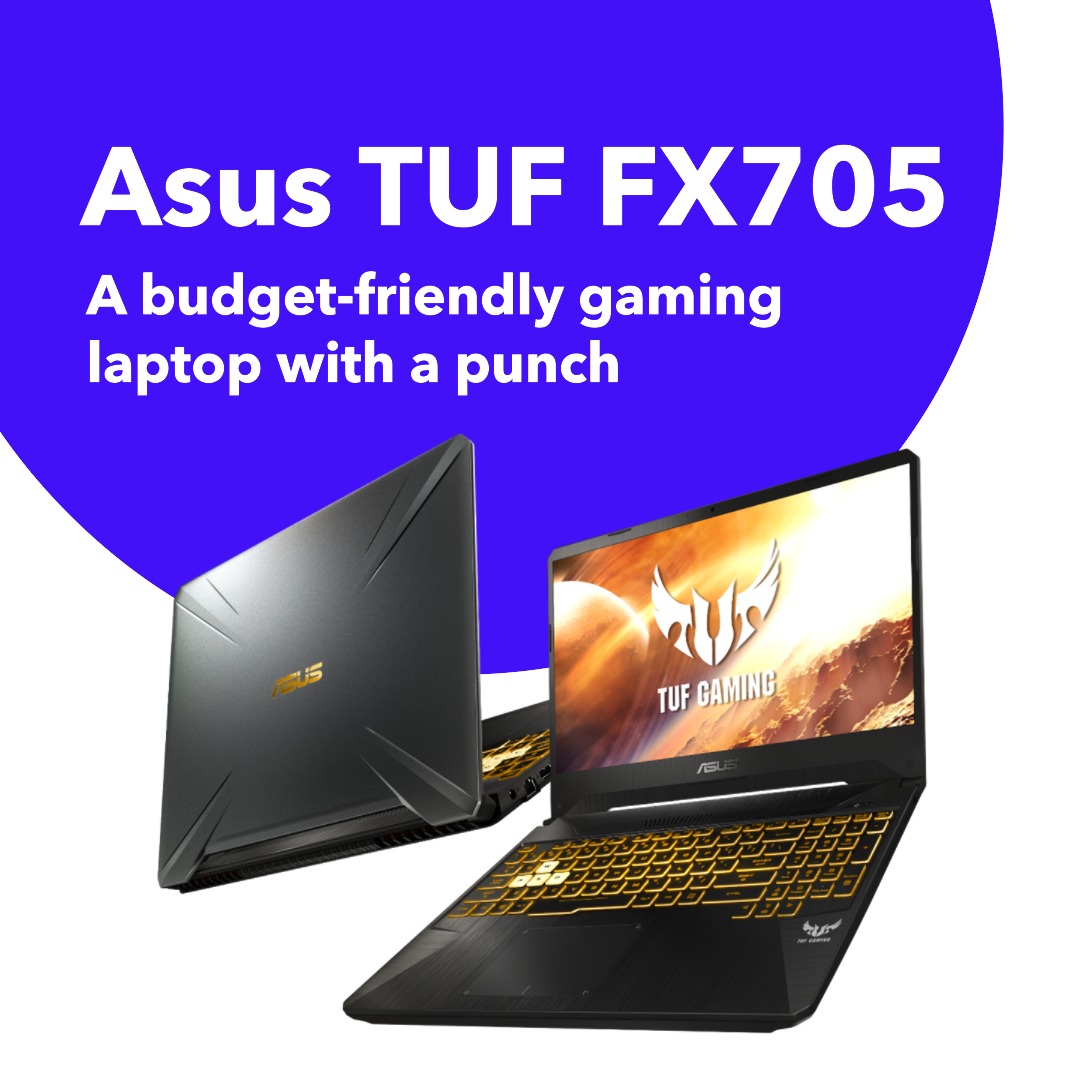In the ever-evolving world of immersive photography and videography, 360-degree cameras have continued to push the boundaries of what’s possible. As we move into 2024, the market has seen a surge of high-quality 360 cameras that cater to a wide range of users, from casual photographers to professional content creators. In this article, we’ll explore the 10 best 360 cameras currently available, each with its unique features and capabilities.
Best 360 Cameras in 2024:

1. Insta360 X4: The Pinnacle of 360 Cameras
- Key Features: 8K video, Active HDR, FlowState 6.0 stabilization, Voice Control
- Why Choose It: The Insta360 X4 is a powerhouse, offering exceptional image quality, advanced stabilization, and a host of creative features. Its compact design and user-friendly interface make it a versatile choice for both professionals and enthusiasts.
Imagine capturing stunning 8K footage with crystal-clear clarity and vibrant colors. The X4’s Active HDR technology ensures that your images and videos look great in any lighting condition, while FlowState 6.0 stabilization keeps your footage smooth and stable, even when you’re on the move. With voice control, you can easily start and stop recordings, change settings, and capture photos hands-free.
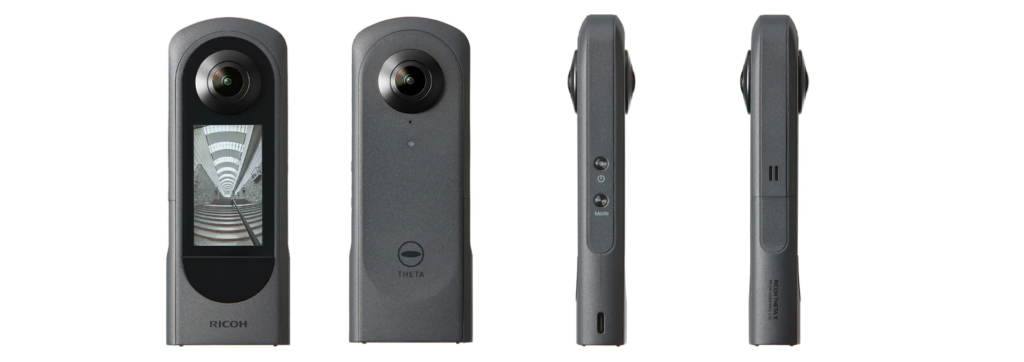
2. Ricoh Theta X: A Versatile All-Rounder
- Key Features: High-resolution images and videos, 360-degree audio, Time-lapse and interval shooting
- Why Choose It: The Ricoh Theta X is a well-rounded option, offering excellent image quality, intuitive controls, and a long battery life. Its compatibility with a wide range of accessories makes it a popular choice for various applications.
Need a camera that can do it all? The Ricoh Theta X is your answer. With high-resolution images and videos, 360-degree audio capture, and features like time-lapse and interval shooting, you can capture stunning content in a variety of ways. The Theta X’s intuitive controls and long battery life make it easy to use and reliable for any occasion.
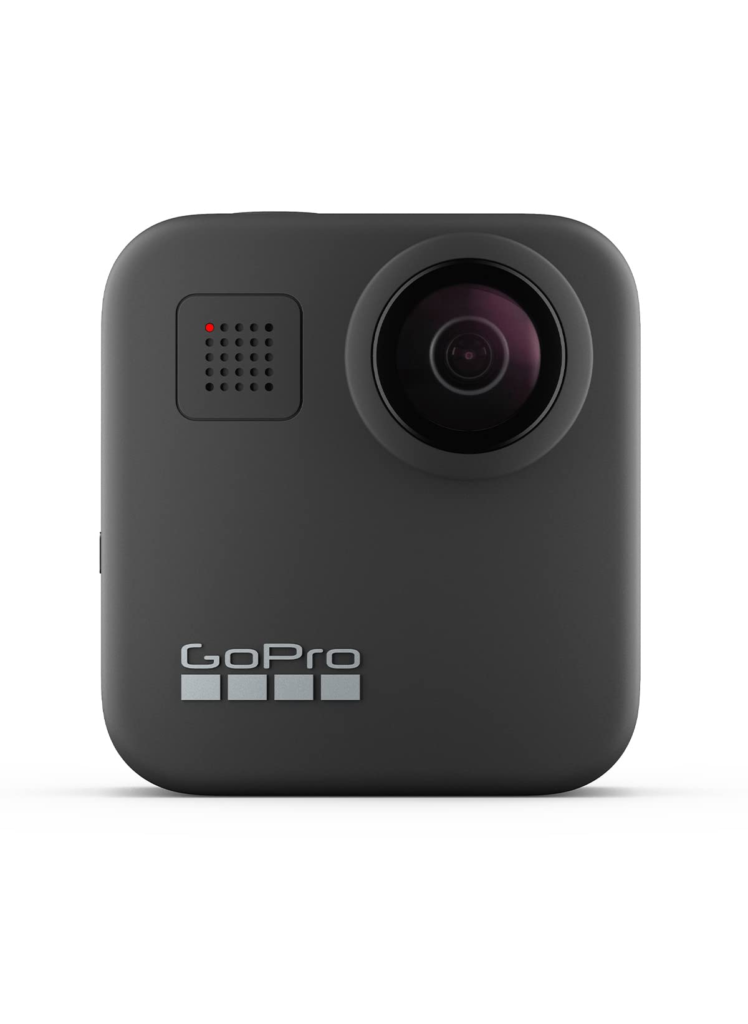
3. GoPro Max: Rugged and Reliable
- Key Features: 5.7K video, Horizon Lock, PowerPoles, Live Streaming
- Why Choose It: Known for its durability, the GoPro Max is a great choice for action-packed adventures. Its rugged design and powerful stabilization make it ideal for capturing immersive footage in challenging conditions.
If you’re always on the go and need a camera that can keep up, the GoPro Max is the perfect choice. Its rugged design can withstand the toughest conditions, while its Horizon Lock feature ensures that your footage is always level, no matter how much you move. With PowerPoles and live streaming capabilities, the Max is ideal for capturing action-packed moments and sharing them with the world.

4. Insta360 One RS: Modular Flexibility
- Key Features: Interchangeable modules, 1-inch sensor, 6K video, Active HDR
- Why Choose It: The Insta360 One RS offers unprecedented flexibility with its modular design. Choose from various modules to customize your camera based on your needs, whether it’s high-quality images or professional-grade video.
Want a camera that can grow with you? The Insta360 One RS is the answer. With its modular design, you can easily swap out modules to customize your camera based on your needs. Whether you need a high-resolution image sensor for professional photography or a powerful video module for capturing action-packed footage, the One RS has you covered.
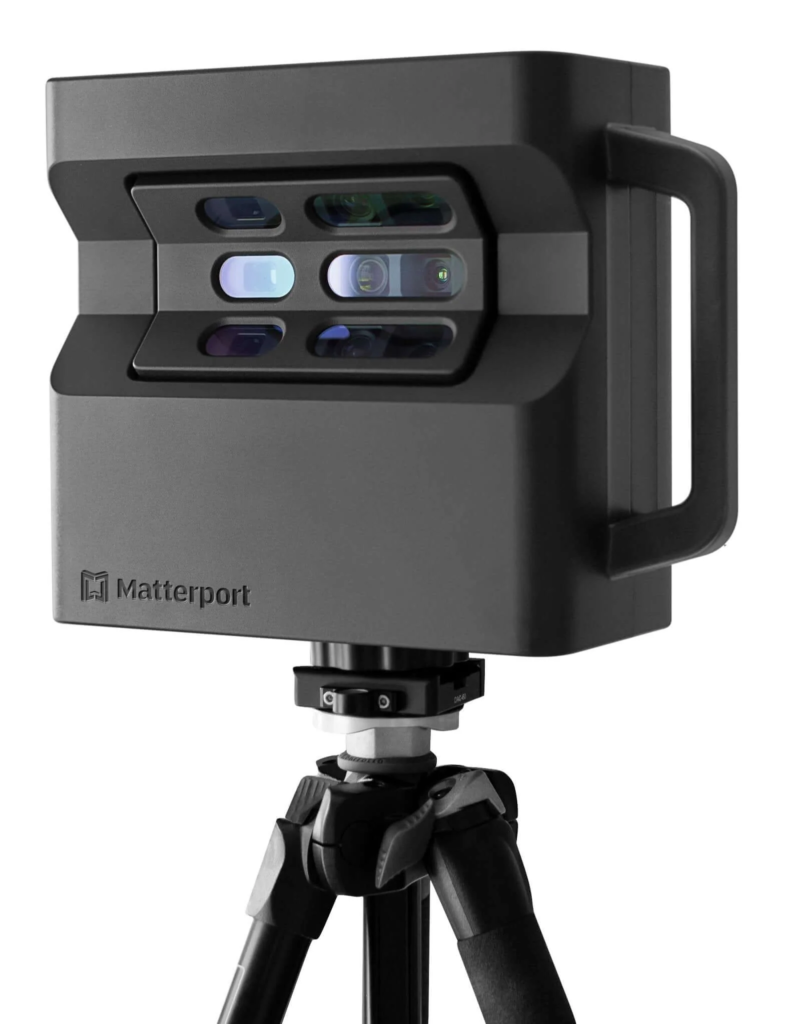
5. Matterport MC250 Pro2: Professional 3D Mapping
- Key Features: High-resolution capture, 3D scanning, Virtual tours
- Why Choose It: The Matterport MC250 Pro2 is a specialized camera designed for creating detailed 3D models and virtual tours. It’s ideal for real estate, architecture, and other industries requiring precise measurements and immersive experiences.
Need to create immersive virtual tours or detailed 3D models? The Matterport MC250 Pro2 is the professional tool you need. With its high-resolution capture and advanced scanning capabilities, you can create stunning 3D experiences that transport viewers to any location. The MC250 Pro2 is ideal for industries like real estate, architecture, and tourism.

6. Ricoh Theta SC2: Budget-Friendly Option
- Key Features: Compact design, Easy-to-use interface, 16-megapixel images
- Why Choose It: If you’re on a budget, the Ricoh Theta SC2 offers a great balance of features and affordability. Its small size and simple controls make it perfect for casual users and beginners.
Looking for a simple and affordable 360 camera? The Ricoh Theta SC2 is a great option. Its compact design and easy-to-use interface make it perfect for beginners and casual users. With 16-megapixel images, you can capture stunning photos and videos without breaking the bank.

7. Trisio Lite2: Affordable and Versatile
- Key Features: 4K video, Wide dynamic range, Live streaming
- Why Choose It: The Trisio Lite2 is an affordable option that delivers impressive performance. Its versatility and compact design make it suitable for a wide range of applications, from travel blogging to social media content creation.
Need a versatile and affordable camera for your adventures? The Trisio Lite2 is a great choice. With its compact design, 4K video capabilities, and wide dynamic range, you can capture stunning footage in any setting. The Lite2 is also perfect for live streaming, making it ideal for sharing your experiences with the world.

8. Insta360 One X3: Powerful and Versatile
- Key Features: 5.7K video, FlowState Stabilization, Active HDR, Time-lapse photography
- Why Choose It: The Insta360 One X3 is a well-rounded camera that offers excellent image quality, advanced features, and a user-friendly interface. It’s a great choice for those seeking a versatile 360-degree camera.
Want a powerful and versatile camera that can handle anything? The Insta360 One X3 is a great option. With its 5.7K video capabilities, FlowState stabilization, and Active HDR, you can capture stunning footage in any lighting condition. The One X3 is also perfect for time-lapse photography, allowing you to create mesmerizing videos of long-duration events.

9. Ricoh Theta Z1: Premium Performance
- Key Features: High-resolution sensor, RAW capture, Manual controls
- Why Choose It: For professional photographers and videographers, the Ricoh Theta Z1 offers exceptional image quality and extensive manual controls. Its premium features and build quality make it a top choice for demanding users.
If you’re a professional photographer or videographer looking for the best of the best, the Ricoh Theta Z1 is the camera for you. With its high-resolution sensor, RAW capture capabilities, and extensive manual controls, the Z1 offers unparalleled image quality and flexibility. Its premium build quality and durable design make it perfect for demanding professionals.

10. Kandao Qoocam 3: Innovative Features
- Key Features: 3D audio, AI-powered editing, Live streaming
- Why Choose It: The Kandao Qoocam 3 is a versatile camera with innovative features like 3D audio and AI-powered editing. Its compact design and user-friendly interface make it a great option for content creators and enthusiasts.
Looking for a camera with innovative features and a sleek design? The Kandao Qoocam 3 is a great option. With its 3D audio capabilities, AI-powered editing tools, and live streaming functionality, the Qoocam 3 is perfect for content creators and enthusiasts who want to stand out from the crowd.
FAQs for 360/VR cameras:
Q: What is the difference between 360-degree cameras and VR cameras?
A: 360-degree cameras capture a full, 360-degree view of the environment, allowing you to create immersive, panoramic photos and videos. VR (virtual reality) cameras are designed specifically for capturing content for VR headsets, often with higher-resolution sensors and specialized features for VR viewing.
Q: Do I need a VR headset to view 360-degree content?
A: No, you don’t necessarily need a VR headset to view 360-degree photos and videos. They can be viewed on smartphones, tablets, and computers by panning and zooming around the image. However, for the most immersive experience, using a VR headset is recommended.
Q: What are the key features to look for when buying a 360/VR camera?
A: Some important features to consider include:
- Resolution (e.g., 4K, 5.7K)
- Frame rate (e.g., 30fps, 60fps)
- Image stabilization
- Ease of use and companion mobile app
- Battery life
- Durability and water resistance
Q: Can I live-stream 360-degree video from these cameras?
A: Yes, many 360/VR cameras nowadays have the capability to live-stream 360-degree video to platforms like YouTube, Facebook, Twitch, and others. This can be a great feature for events, performances, and other real-time applications.
Q: How do I edit and share 360-degree content?
A: Most 360/VR cameras come with companion mobile apps and desktop software that allow you to edit, stitch, and share your 360-degree photos and videos. Popular options include the Insta360 Studio, Ricoh Theta, and Adobe Premiere Pro with 360-degree plugins.
Q: Is a 360 camera worth buying?
A: Whether a 360 camera is worth buying depends on your specific needs and how you plan to use it. 360 cameras can be great for capturing immersive, panoramic photos and videos, but they may not be necessary for everyone. Consider factors like image quality, ease of use, and your intended use case to determine if a 360 camera is a worthwhile investment for you.
Q: How much does a 360 camera cost?
A: The cost of 360 cameras can vary quite a bit, ranging from around $50 for basic entry-level models up to $600 or more for high-end professional-grade 360 cameras. Some popular 360 camera options in the $200-$400 range include the Insta360 ONE R, Ricoh Theta V, and GoPro MAX.
Q: What is the best Insta360 camera in 2024?
A: The best Insta360 camera in 2024 will depend on the specific features and capabilities you’re looking for. Some top Insta360 options to consider include the Insta360 ONE X3 (for high-quality 5.7K 360 video), the Insta360 RS (modular design with interchangeable lenses), and the Insta360 EVO (for capturing 360 and 180 VR content).
Q: What is the best 360 camera for blogging?
A: For blogging, a good 360 camera option is the Ricoh Theta Z1. It captures high-quality 23MP 360 photos and 4K 360 video, has advanced features like raw photo support, and is compact and easy to use – making it well-suited for vlogging and blogging applications.
Q: What is the disadvantage of a 360 camera?
A: Some key disadvantages of 360 cameras include:
- Lower image quality compared to traditional cameras in certain settings
- Stitching artifacts and blind spots in 360 footage
- Battery life can be shorter than regular cameras
- Specialized skills and software needed for editing 360 content
- Higher cost compared to basic point-and-shoot or smartphone cameras
Q: Why are 360 cameras so expensive?
A: 360 cameras tend to be more expensive for a few key reasons:
- The specialized dual-lens or multi-lens design required for 360 capture
- Advanced image processing and stitching algorithms needed
- Smaller production volumes compared to traditional cameras
- Additional features like image stabilization, live-streaming, and VR compatibility
- Brand-name recognition and premium positioning of some 360 camera models
Q: Can I take a 360 photo with my iPhone?
A: Yes, you can take 360-degree photos with some iPhone models, either by using the built-in 360-degree photo mode or by connecting a 360 camera accessory to your iPhone. Some popular 360 camera options for iPhone include the Insta360 ONE X2 and the Ricoh Theta X.
Q: What is the price of Nikon 360 camera?
A: Nikon does not currently offer a dedicated 360-degree camera. Their closest product is the KeyMission 360, which was discontinued a few years ago. The KeyMission 360 had an original MSRP of around $500 when it was still available.
Q: What can a 360 camera do?
A: 360 cameras allow you to capture immersive, panoramic photos and videos that let the viewer look around the full 360-degree environment. Key capabilities of 360 cameras include:
- Capturing 360-degree photos and videos
- Live-streaming 360 content
- Creating virtual reality (VR) experiences
- Integrating with social media platforms
- Capturing spherical images for virtual tours and real estate
Q: Which country owns Insta360?
A: Insta360 is a Chinese technology company founded in 2014 and headquartered in Shenzhen, China. The company is not owned by any specific country, but rather is a private company founded and based in China.
Q: Does GoPro have a 360 camera?
A: Yes, GoPro does offer a 360-degree camera model – the GoPro MAX. The GoPro MAX can capture 360-degree photos and videos in up to 5.6K resolution. It also has features like image stabilization, live-streaming, and compatibility with GoPro’s ecosystem of mounts and accessories.
Q: Which Insta360 is best for cars?
A: For capturing 360-degree video and photos of cars, the Insta360 ONE X2 is an excellent choice. It has features like FlowState stabilization, TimeShift slow-motion, and 5.7K video resolution that make it well-suited for automotive content creation. The compact size and durability of the ONE X2 are also advantageous for in-car use.
Q: What camera do most YouTube creators use?
A: There is no single “most common” camera used by YouTube creators, as it varies based on their specific needs and budgets. However, some popular camera models used by many YouTubers include the:
- Sony a6400/a6600
- Canon EOS R/RP
- Panasonic Lumix GH5/GH6
- Fujifilm X-T4
- Sony a7 III/a7 IV
Q: What camera do most vloggers use?
A: Similar to YouTube creators, there is no universally “most common” camera used by vloggers. Some of the more popular options include:
- Sony ZV-1
- Canon PowerShot G7 X Mark III
- Panasonic Lumix G100
- iPhone 13/14 Pro
- GoPro HERO10 Black
Q: Which camera do influencers use?
A: Influencers often use a variety of camera equipment, ranging from high-end mirrorless and DSLR cameras to the latest smartphone cameras. Some popular camera models used by influencers include:
- Sony a7C/a7 IV
- Canon EOS R6
- Fujifilm X-T4
- iPhone 14 Pro/Pro Max
- Samsung Galaxy S22 Ultra
Q: Can a 360 camera be hacked?
A: Like any internet-connected device, it is theoretically possible for 360 cameras to be hacked, especially if they have security vulnerabilities. However, most reputable 360 camera brands take steps to secure their devices and software. Proper security measures, regular firmware updates, and using strong passwords can help mitigate the risk of 360 camera hacking.
Q: How far can a 360 camera see?
A: The effective field of view and range of a 360 camera depends on the specific model, but generally they can capture a full 360-degree panoramic view around the camera. The distance that the camera can “see” depends on factors like lens quality, sensor size, and lighting conditions. Most consumer 360 cameras have an effective range of around 10-50 feet, while professional-grade models may have a longer reach.
Q: Can you take pictures with 360 camera?
A: Yes, 360 cameras are capable of capturing both 360-degree photos and videos. The process of taking 360 photos is similar to using a traditional camera – you simply frame the shot and take the picture. The resulting image will be a full 360-degree panoramic photo that can be viewed and shared in an immersive way.
Q: When to use a 360 camera?
A: 360 cameras are useful in a variety of situations, including:
- Capturing immersive photos/videos for social media, VR, and virtual tours
- Live-streaming 360 content for events, travel, and other applications
- Documenting sports, adventure activities, and other dynamic scenarios
- Creating interactive virtual experiences for real estate, education, and more
- Capturing panoramic scenes that can be viewed from multiple angles
Q: What is the battery life of the 360 camera?
A: The battery life of 360 cameras can vary quite a bit depending on the specific model. Generally, you can expect:
- Entry-level 360 cameras: 1-2 hours of battery life
- Mid-range 360 cameras: 2-3 hours of battery life
- High-end 360 cameras: 3-5 hours of battery life
Factors like video resolution, frame rate, and usage of features like image stabilization can also impact the overall battery performance.
Q: What is the most expensive camera setup in the world?
A: The most expensive camera setup in the world is believed to be the Phase One XT Medium Format Camera, which can cost upwards of $50,000 for the body alone. When combined with high-end lenses and accessories, a complete Phase One XT camera system can easily exceed $100,000 in total cost. This ultra-high-end medium format camera is favored by professional photographers for its exceptional image quality and capabilities.
Q: Can I use my phone as 360 camera?
A: Yes, you can use many modern smartphones as makeshift 360 cameras by using third-party 360 camera accessories or apps. Some examples include:
- Using a 360 camera attachment like the Insta360 ONE X2 or Ricoh Theta X with your smartphone
- Using the built-in 360 photo mode on phones like the Samsung Galaxy S22 Ultra
- Downloading 360 camera apps like Google Street View or Facebook 360 to capture panoramic photos
Q: Does Apple have a 360 camera?
A: No, Apple does not currently offer a dedicated 360-degree camera. While recent iPhone models do have some panoramic and wide-angle photography capabilities, Apple has not released a standalone 360 camera product. Users can, however, use third-party 360 camera accessories with iPhones to capture immersive 360 content.
Q: How do I turn a photo into 360?
A: To turn a regular 2D photo into a 360-degree panoramic image, you’ll need to use specialized software or apps that can stitch multiple images together. Some options include:
- Photoshop’s Photomerge feature to stitch multiple photos
- Specialized 360 photo stitching apps like Hugin or PTGui
- Online 360 conversion tools like Kuula or Panoweaver
The key is capturing a series of overlapping photos that can be seamlessly stitched into a single 360-degree panorama.
Q: What are the disadvantages of 360 cameras?
A: Some key disadvantages of 360 cameras include:
- Lower image quality compared to traditional cameras
- Stitching artifacts and blind spots in 360 footage
- Shorter battery life compared to non-360 cameras
- Specialized skills and software required for editing 360 content
- Higher cost compared to basic point-and-shoot or smartphone cameras
Q: What are the advantages of 360 cameras?
A: The main advantages of 360 cameras include:
- Ability to capture a full 360-degree view of a scene
- Creation of immersive, panoramic photos and videos
- Integration with virtual reality (VR) and augmented reality (AR)
- Potential for unique creative applications and perspectives
- Hands-free, self-framing capabilities for vlogging and live-streaming
- Compact, portable designs that are easy to use
Q: Does 360 camera record video?
A: Yes, most 360 cameras are capable of recording 360-degree video in addition to capturing 360 photos. The video recording capabilities of 360 cameras can vary, with higher-end models offering features like 4K, 5.7K, or even 8K resolution at frame rates up to 60fps. The ability to record 360 video is a key feature that distinguishes 360 cameras from traditional cameras.
Q: Does Insta360 need Wi-Fi?
A: Insta360 cameras can function without a Wi-Fi connection, but certain features and capabilities may require a wireless connection. For example, live-streaming 360 video, remote camera control, and mobile app connectivity often rely on a Wi-Fi or mobile data connection. However, the cameras can still record 360 photos and videos without internet access. The specific Wi-Fi requirements may vary between different Insta360 models.
Q: Does Instagram do 360?
A: Yes, Instagram supports the sharing of 360-degree photos and videos. Users can upload their 360 content directly to Instagram, and their followers will be able to view and interact with the immersive, panoramic media. Instagram also provides 360-degree viewing capabilities within its app and website.
Q: How long does Insta360 last?
A: The battery life of Insta360 cameras can vary depending on the specific model, video resolution, and usage patterns. Generally, you can expect:
- Insta360 ONE X2: 1-2 hours of battery life
- Insta360 ONE R: 1-1.5 hours of battery life
- Insta360 GO 2: 0.5-1 hour of battery life
Battery life can be extended by using external power banks or charging the camera between uses. More advanced Insta360 models tend to have longer-lasting batteries compared to their smaller, more compact counterparts.
Q: Is Insta360 waterproof?
A: The waterproofing capabilities of Insta360 cameras can differ by model:
- Insta360 ONE X2 – Waterproof up to 10 meters without a housing
- Insta360 ONE R – Waterproof up to 5 meters without a housing
- Insta360 GO 2 – Waterproof up to 4 meters without a housing
For deeper underwater use or extreme conditions, Insta360 offers additional waterproof cases and housings that can extend the depth rating. Always refer to the specific model’s specifications to understand its waterproofing capabilities.
Q: Can you add a 360 camera to a car?
A: Yes, it is possible to add a 360-degree camera to a car for various purposes like recording driving footage, creating virtual tours, or live-streaming content. Some options include:
- Using a suction cup or magnetic mount to attach a standalone 360 camera to the exterior of the vehicle
- Integrating a 360 camera module into the car’s existing camera systems
- Connecting a 360 camera to the car’s infotainment system for easy viewing and control
The specific installation and integration options may vary depending on the car model and 360 camera brand.
Q: Which is better GoPro or 360?
A: The choice between a GoPro camera and a 360-degree camera depends on your specific needs and use case. GoPro cameras are generally better suited for capturing high-quality action footage and single-perspective videos, while 360 cameras excel at capturing immersive, panoramic content. Factors like image quality, stabilization, battery life, and price should all be considered when deciding between the two camera types.
Q: Can you use the Insta360 without a phone?
A: Yes, many Insta360 camera models can be used without a connected smartphone. The cameras have onboard controls and displays that allow you to operate the key functions, such as starting/stopping recording, switching modes, and accessing settings. However, using a smartphone with the Insta360 companion app does provide additional features and capabilities, such as remote camera control, live preview, and advanced editing tools.
Q: Can Insta360 take pictures?
A: Yes, Insta360 cameras are capable of capturing high-quality 360-degree photographs in addition to recording 360 videos. The specific photo resolution and capabilities can vary between Insta360 models, with some offering up to 23MP 360 photos. Insta360 cameras make it easy to capture immersive, panoramic images that can be viewed and shared in 360 degrees.
Q: Can you control Insta360 from phone?
A: Yes, you can control most Insta360 cameras directly from a smartphone using the Insta360 companion mobile app. The app allows you to:
- Preview the camera’s live feed
- Start/stop recording
- Adjust settings like resolution, frame rate, and exposure
- Review and edit captured 360 photos and videos
- Live-stream 360 content to social media platforms
The ability to control the Insta360 camera remotely from a phone makes it easier to frame shots and operate the camera, especially in situations where it may be mounted or positioned in a remote location.
Q: What is the most common camera used by vloggers?
A: There is no single “most common” camera used by vloggers, as the choice of camera often depends on the vlogger’s budget, preferences, and specific needs. However, some of the more popular camera models used by many vloggers include:
- Sony ZV-1 – A compact, purpose-built vlogging camera with features like a flip-out screen and directional microphone.
- Canon G7X Mark III – A compact point-and-shoot with good video capabilities and a tilting screen.
- Panasonic Lumix G100 – A mirrorless camera with 4K video and a vlogging-friendly design.
- Smartphones (e.g., iPhone 13/14, Samsung Galaxy S22) – High-quality built-in cameras that are convenient and easy to use for vlogging.
The best camera for vlogging ultimately depends on the individual vlogger’s requirements and budget.






